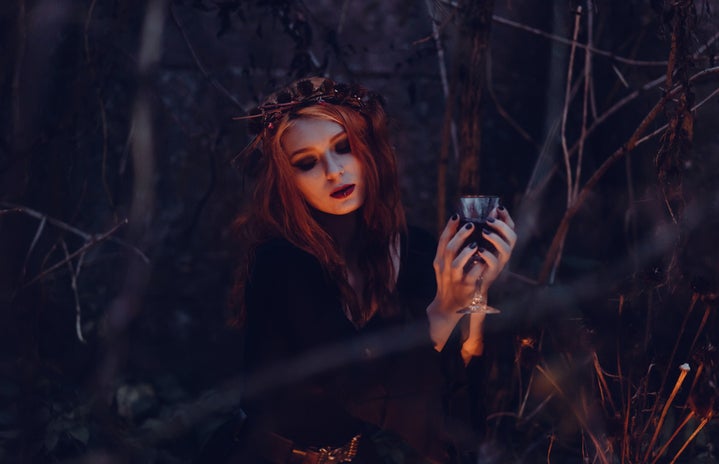Remedios Varo is a Spanish-born Mexican surrealist artist who worked in Spain, France, and Mexico. Her work is a combination of realist-techniques and surrealist elements, which make her art a dream-like visual that narrate the most important aspects of her life. Whilst she was educated in art institutes in Europe, the majority of Varo’s best pieces were produced in Mexico, where she spent most of her life, making Mexico one of the places that influenced her career the most. Here are some of the key elements of why Varo rose to fame as one of the most influential women in the Mexican surrealist movement.
She produced most of her work in Mexico
Varo produced little work while in Paris, not only because she was in jail under suspicion of espionage for the Spanish government, but also due to the sexism of her male peers, who she mentioned to have negative attitudes toward women in art. However, things changed when she arrived in Mexico after fleeing Nazi-occupied France. In Mexico, Varo produced a significant amount of work that often elevated a feminine figure. Mexico was not only a place of comfort for Varo after being in transit from country to country since she was 19, but it was also a place that left a lot more room for her artistic expression, since she was not surrounded by oppressing pears any more, but surrounded with fellow female artist who wanted to make a difference in the Mexican art scene too.
The three witches
Not too long after arriving in Mexico, Varo reunited with fellow European expatriates, such as Leonora Carrington and photographer Kati Horna, who together became known as “the three witches.” These three women were a key element in Mexico’s surrealist movement; since they all rose to fame alongside each other, by riding the same wave of magic, mysticism, and surrealism, all in their respective styles, but as a collective force, making the voice of women in art heard more than ever before.
Her art after death
After spending a little over 10 years in Mexico, Varo died in 1963 from a heart attack. However, her art has had such a long lasting impact, that even after the boom of the Mexican surrealist movement, in 2019 she was featured in “Surrealism in Mexico,” a retrospective view of the movement at the Di Donna Galleries in New York, which paired Varo with works by her fellow witch, Leonora Carrington. “Some of the best paintings of Surrealism were made in Mexico during the 1940s and ’50s, by women,” wrote the New York Times in its review of the show.
I believe Varo’s art is an everlasting staple of a woman who rebelled against the most terrible odds (like being in jail, or having sexist peers), succeeded, and was able to narrate her story through her art, for people to decipher over time and reminiscence about how Varo, along her fellow witches, were the strongest influence of one of the greatest artistic movements in the history of Mexico.


